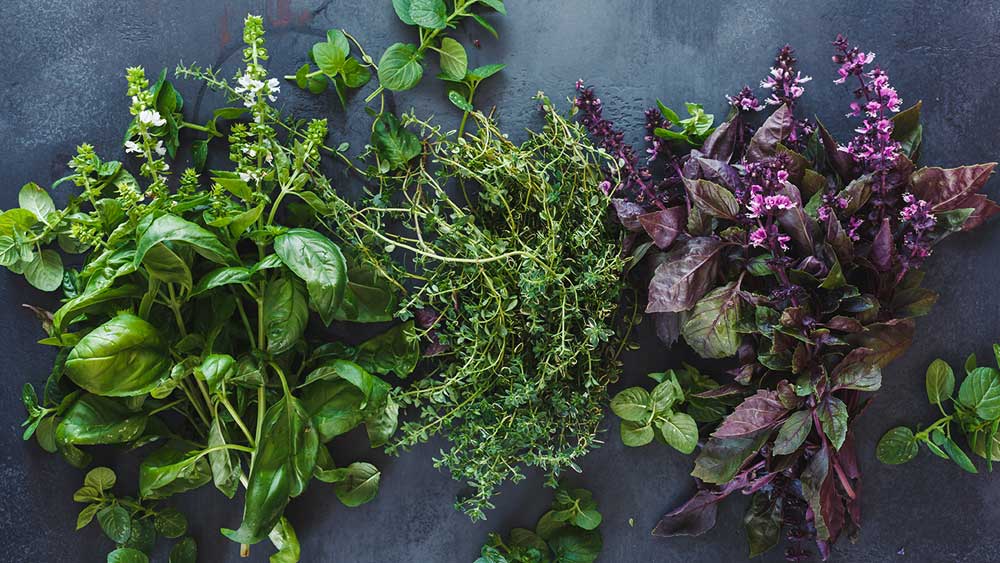
Cetyl alcohol
- Derived from: coconut palm tree
- Pronunciation: (\ˈsē-təl-\ ˈal-kə-ˌhȯl\)
- Type: Naturally-derived
- Other names: 1-hexadecanol and n-hexadecyl alcohol
What Is Cetyl alcohol?
Cetyl alcohol is a flaky, waxy, white solid often derived from coconut, palm, or vegetable oil. These oils typically come from coconut palm trees, palm trees, corn plants, sugar beets, or soy plants.[1,2] Cetyl alcohol is used in hundreds of personal care, cosmetic, and household products, such as makeup, bath soap, detergents, shaving cream, lotions, shampoo and other products.[3,4]
What Does Cetyl alcohol Do in Our products?
Cetyl alcohol acts as a moisturizer in our products by helping bind moisture to the skin. It is a fatty alcohol and can also act as an emulsifier, giving proper texture to our products. It can be an emollient, keep things from separating, control how thick or runny a product is, act as a coupling agent, and even stabilize foams.[5,6] It doesn’t dissolve in water, but it dissolves in alcohol and oils.[7] Cetyl alcohol is often combined with stearyl alcohol to make cetearyl alcohol, which is also a moisturizer in our products.
Why Puracy Uses Cetyl alcohol
We use cetyl alcohol in our products as a moisturizer. The Cosmetic Ingredient Review has deemed cetyl alcohol safe in cosmetic ingredients, and the Food and Drug Administration has deemed it safe for use in food.[10,11] Whole Foods has deemed the ingredient acceptable in its body care quality standards.[12] A series of studies also show cetyl alcohol generally does not irritate or sensitize human skin.[13]
How Cetyl alcohol Is Made
Cetyl alcohol is manufactured by reducing ethyl palmitate with metallic sodium and alcohol or by using lithium aluminum hydride as a catalyst under acidic conditions.[8] The final product melts at a temperature higher than that of the human body, which makes it useful for makeup and other things that are warmed by the skin.[9]
Certifications


Sources
[1] Braux, M.R., GMO 101, A Practical Guide, Alain Braux International Publishing, 2014
[2] Cosmeticsinfo.org
[3] Cosmeticsinfo.org
[4] “Final Report on the Safety Assessment of Cetearyl Alcohol, Cetyl Alcohol, Isostearyl Alcohol, Myristyl Alcohol, and Behenyl Alcohol,” International Journal of Toxicology, May/June 1988 7: 359-413
[5] U.S. National Library of Medicine
[6] Cosmeticsinfo.org
[7] PubChem
[8] Encyclopedia Britannica
[9] Encyclopedia Britannica
[10] “Final Report on the Safety Assessment of Cetearyl Alcohol, Cetyl Alcohol, Isostearyl Alcohol, Myristyl Alcohol, and Behenyl Alcohol,” International Journal of Toxicology, May/June 1988 7: 359-413
[11] Food and Drug Administration
[12] Whole Foods Market
[13] “Final Report on the Safety Assessment of Cetearyl Alcohol, Cetyl Alcohol, Isostearyl Alcohol, Myristyl Alcohol, and Behenyl Alcohol,” International Journal of Toxicology, May/June 1988 7: 359-413


























